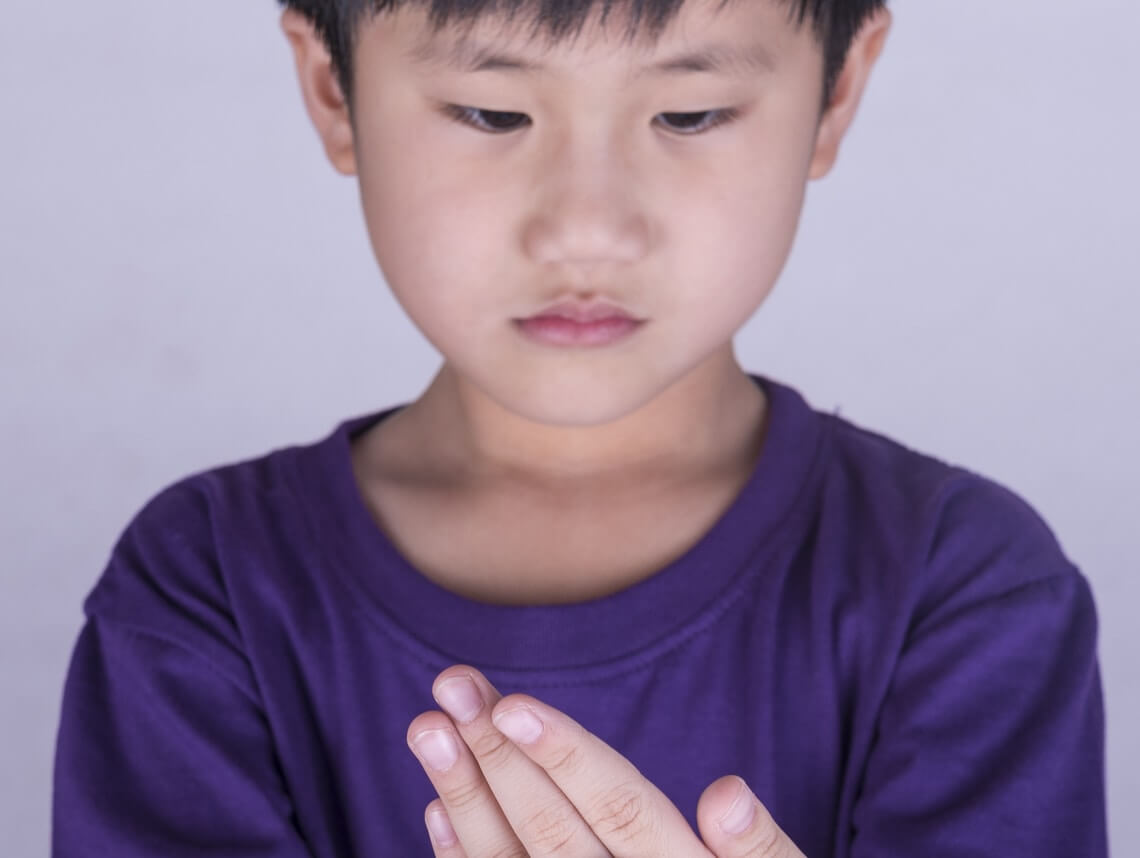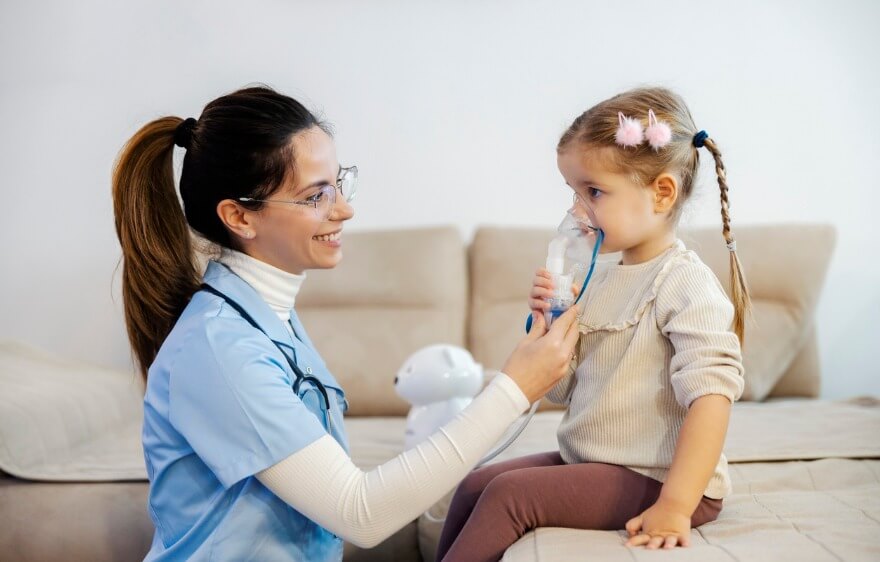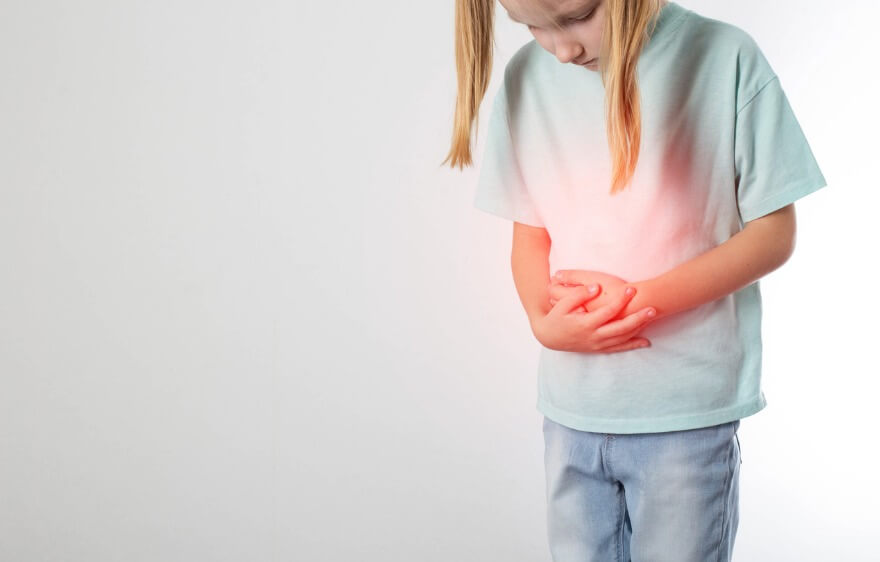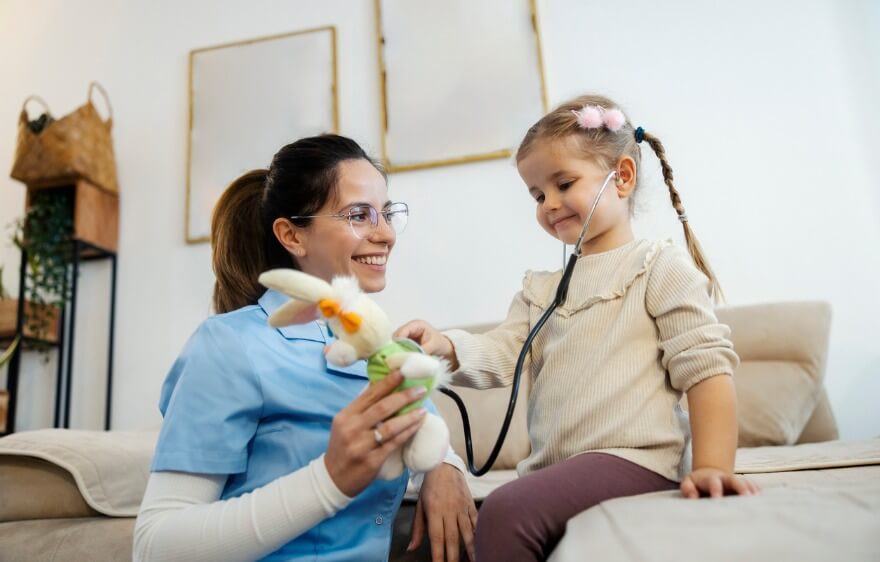Finding out your child has been diagnosed with a medical condition can feel overwhelming. As a parent or guardian, you want to do everything in your power to make sure your kids are healthy and happy. And now you have to learn new medical terms and figure out a course of action — how to recognize symptoms, best forms of treatment, and ways to optimize their quality of life. Such can be the case with juvenile idiopathic arthritis. But, what does it all mean? What, exactly, does the condition entail? What causes it? And what can you do to ensure your child receives the best treatment?
What is juvenile idiopathic arthritis?
Juvenile idiopathic arthritis (JIA) is an autoimmune disorder that causes inflammation of the joints. It can be short-term or become chronic for years — however, it can be managed with proper treatment. It’s the most common type of arthritis in children who are under 16 years of age. The condition can affect one or more joints, and there are several types:
Systemic Juvenile Idiopathic Arthritis
Children with systemic JIA (Still’s disease) typically experience daily fevers that come along with a skin rash and feel aches all over their body. This is due to the inflammation of their internal organs. Symptoms usually begin at around age two. They come and go in flares, with flare-ups sometimes lasting up to two weeks. Children with systemic JIA are more likely to develop heart and lung problems. Therefore, it’s crucial to tell your child’s pediatrician immediately if your child has any breathing or heart rate issues.
Oligoarticular Juvenile Idiopathic Arthritis
Oligoarticular JIA is a type of juvenile arthritis that affects fewer than five joints. It’s the mildest form of juvenile arthritis, and symptoms typically appear between two and four years of age. The joints that are most commonly affected include the larger ones, such as the hips, knees, wrists, and ankles. In most cases, children with oligoarticular JIA grow out of the disease by the time they become adults.
Polyarticular Juvenile Idiopathic Arthritis
Polyarticular JIA refers to the modality of the condition that affects five or more joints. The condition could affect either larger or smaller joints — although it’s more common in the smaller joints — and it may be accompanied by a low-grade fever. The condition is also usually symmetrical. Therefore, it typically affects the same joints on both sides of the body.
Causes of Juvenile Idiopathic Arthritis
The causes of juvenile idiopathic arthritis are unknown. However, as an autoimmune disorder, it occurs when the body’s immune system mistakenly attacks its own tissues. It’s also more likely for children to develop JIA if they have a family history or if they experience a viral or bacterial infection that may trigger the condition.
Juvenile Idiopathic Arthritis Symptoms
The symptoms of juvenile idiopathic arthritis may vary from person to person and range in severity. The most common ones include:
- Fever
- Inflammation of lymph nodes
- Inflammation of joints
- Pain – While your child might not complain of joint pain, you may notice that he or she limps – especially first thing in the morning or after a nap.
- Stiffness – You might notice that your child appears clumsier than usual, particularly in the morning or after naps.
- Swelling – Joint swelling is common but is often first noticed in larger joints, such as the knee.
- Joints feel warm to the touch
- Rash on the torso
Juvenile Idiopathic Arthritis Treatment
The best form of treatment for JIA depends on the type of condition, as well as its severity. They are all designed to restore a full range of motion and to prevent complications. These include:
1. Medications
These could be nonsteroidal anti-inflammatory drugs (NSAIDs) to reduce pain and swelling. The doctor could also prescribe biologic agents for patients with systemic JIA to prevent joint damage, or corticosteroids to treat inflammation of internal organs. In some cases, your child may need disease-modifying antirheumatic drugs (DMARDs) if there is a high risk of joint damage or if other medications haven’t yielded results.
2. Physical or Occupational Therapy
Working with a physical or occupational therapist will help maintain joint flexibility and preserve range of motion. It’s also essential to maintain muscle tone — which helps support and protect the joints. The therapists will also recommend exercises to do at home to continue building strength and endurance when not in therapy sessions.
3. Surgery
This type of treatment would only be necessary as a last resort, and only in the most severe cases. It is recommended when the doctor believes it would be beneficial to remove inflamed tissue or replace the joint.
Schedule Your Child’s Care Assessment Today
At Care Options for Kids, we understand the unique challenges of caring for a child with basic to medically-complex health conditions. Our dedicated team of pediatric home health nurses is here to support your family with compassionate, expert care tailored to your child’s needs. Contact us today to schedule an assessment and learn how we can help you navigate this journey with confidence and care.
Click here to start your journey to better care.






